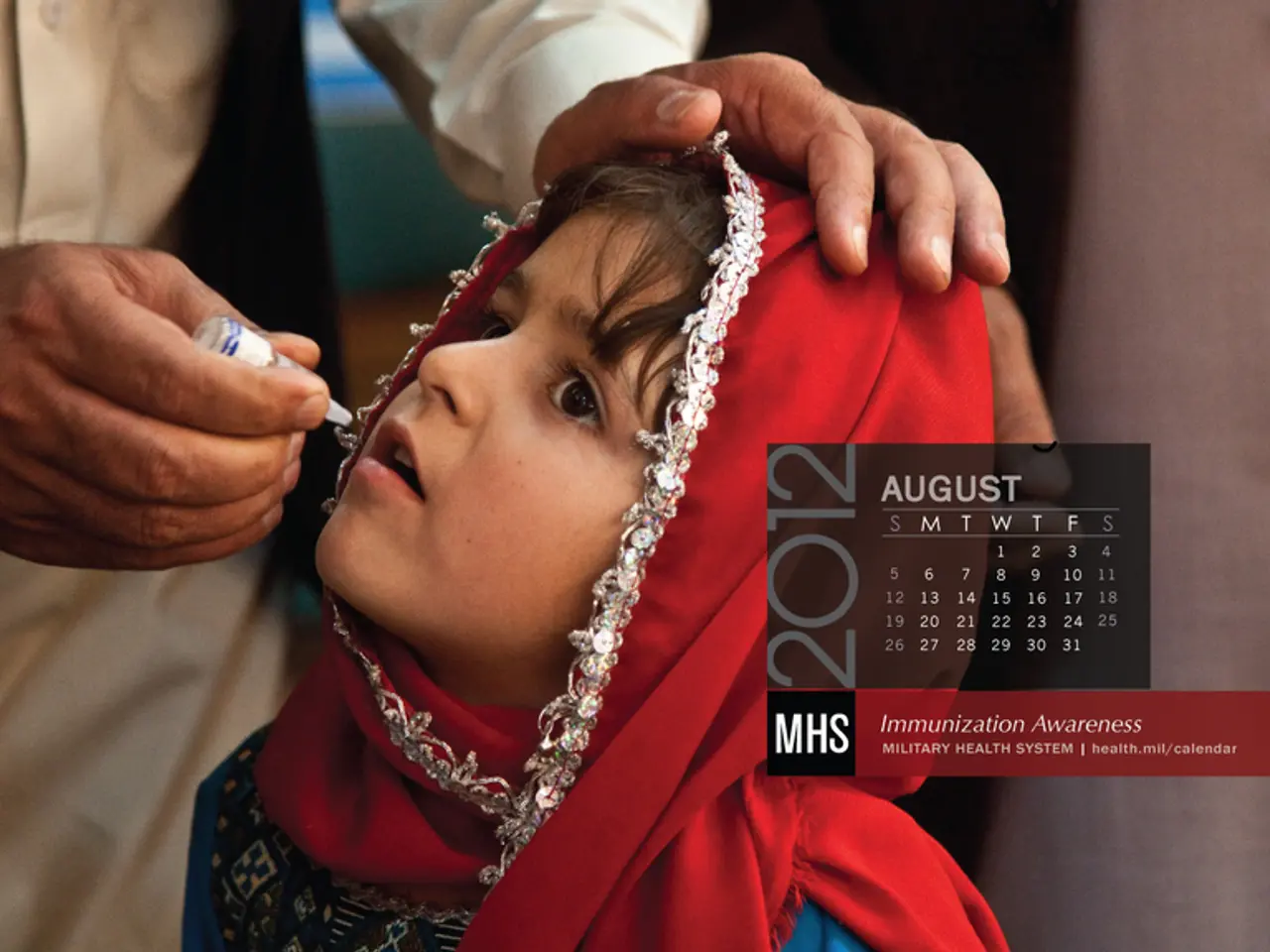Global Hepatitis C Day 2025: A Pivotal Moment in Hepatitis C Therapy and Global Liver Health Improvement
World Marks Renewed Commitment on World Hepatitis Day 2025
July 28, 2025, marked a significant day in the global fight against hepatitis as the world renewed its commitment to combating this silent epidemic. The World Health Organization (WHO) highlighted early diagnosis, treatment, and prevention as vital steps in addressing hepatitis, particularly hepatitis C.
The introduction of newer pan-genotypic Direct-Acting Antivirals (DAAs) like sofosbuvir-velpatasvir and glecaprevir-pibrentasvir has streamlined care by being effective across various genotypes of the hepatitis C virus. Current therapies, including these DAAs, have achieved cure rates exceeding 95 percent.
However, the battle against hepatitis C does not end once the virus is eradicated. Ongoing liver care, lifestyle modifications, and regular health screenings are now considered critical. Post-treatment care is crucial for preventing complications such as cirrhosis or liver cancer, and it includes regular monitoring, lifestyle modifications, and vaccinations.
Individuals who had advanced liver disease before cure should continue HCC surveillance every 6 months because the risk of developing HCC remains substantial despite viral eradication. For those with a history of treated HCC, close ongoing surveillance is particularly critical due to the risk of recurrence.
Regular biochemical and hematologic monitoring with liver function tests (LFTs), alpha-fetoprotein (AFP) levels, and complete blood counts (CBC) are recommended to detect liver abnormalities early and monitor overall health impact on the blood system. Attention should also be given to extrahepatic complications that may improve but warrant observation.
Patients without advanced liver damage or cirrhosis generally require less intensive monitoring after cure but should still maintain regular healthcare follow-up to address any related health needs or co-morbidities.
This strategy aligns with expert guidelines focusing on maintaining surveillance for liver cancer and monitoring liver function in patients cured of hepatitis C.
In an effort to increase the number of patients treated each year, more than 80 countries have integrated DAAs into their national hepatitis programs. The WHO's 2030 target aims for a 90 percent reduction in new hepatitis infections and a 65 percent reduction in hepatitis-related deaths.
Digital health platforms and AI-based predictive tools are being deployed to monitor liver health and improve patient adherence. However, there is a concern about the affordability of newer DAA combinations in low-income countries, where out-of-pocket healthcare costs remain high.
Innovations in screening tools, including point-of-care diagnostics, are expected to accelerate progress towards the WHO’s elimination targets. In India, mobile screening clinics have been launched in high-burden states like Punjab, Uttar Pradesh, and Bihar to close the diagnostic gap and link more patients to life-saving treatments.
Expanding community-based testing, particularly in low-income and rural areas, is essential due to the undiagnosed nature of hepatitis C in nearly 70 percent of infected individuals worldwide. WHO emphasizes that reinfection is a real risk, especially among high-risk populations such as intravenous drug users or those with ongoing exposure to unscreened blood products.
Research is ongoing to develop vaccines for hepatitis C, which, if successful, could revolutionize prevention strategies. Despite these advancements, ongoing awareness and commitment are necessary to eradicate hepatitis and ensure a healthier future for all.
[1] Global Liver Institute. (2023). Post-treatment care for patients cured of hepatitis C. Retrieved from https://globalliverinstitute.org/post-treatment-care-for-patients-cured-of-hepatitis-c/
[5] American Association for the Study of Liver Diseases. (2024). Recommendations for monitoring patients cured of hepatitis C. Retrieved from https://www.aasld.org/recommendations-monitoring-patients-cured-hepatitis-c
Science and health-and-wellness are intertwined in the ongoing fight against chronic diseases like hepatitis C. Medical-conditions, such as liver cancer and cirrhosis, remain significant concerns even after the eradication of the virus. Ongoing post-treatment care, regular screenings, and lifestyle modifications are essential to prevent such complications and are highlighted in expert guidelines from organizations like the Global Liver Institute and the American Association for the Study of Liver Diseases.



